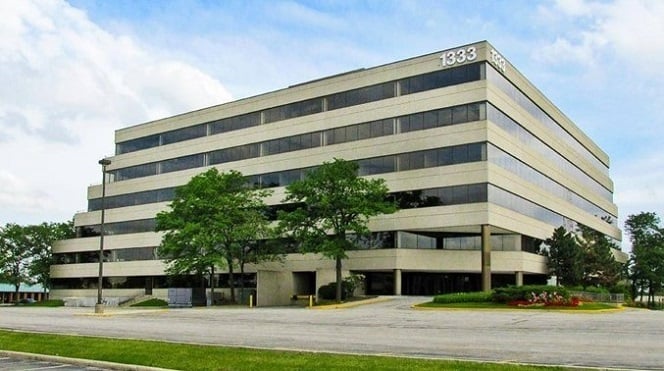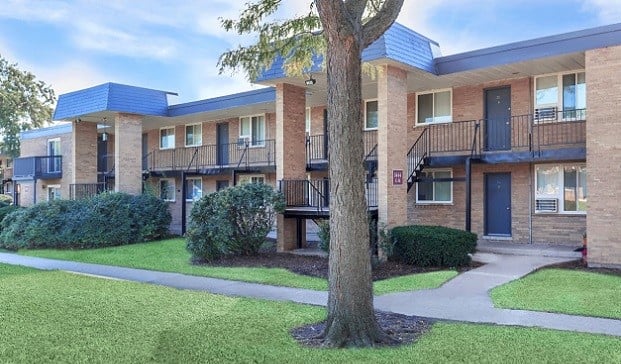CHICAGO—Perhaps the most prominent fad in the world of commercial office space is the attempt to attract millennial workers by reconstructing traditional workplaces into open, collaborative spaces. In Chicago, the new strategy has been especially popular among tech companies and those involved in creative work such as advertising and most visible in the West Loop and River North submarkets where many of these firms have settled. But in its latest market report, MBRE cites a recent story in the New Yorker that criticizes the fad and broaches the possibility that open offices harm workers' health and productivity.
Although many firms believe these open spaces increase productivity by promoting cooperation and greater interaction among workers, the New Yorker article cited “increased noise and distractions, as well as the decreased privacy and control” as drawbacks. “In other words,” MBRE notes, “according to the studies cited in the New Yorker, open offices are shown to cause underperformance, increasing dissatisfaction and higher rates of stress and illness in millennials on through baby boomers.”
However, MBRE researchers go on to sound a note of caution regarding the New Yorker's critique. For one thing, millennials will keep flooding into US offices, and according to the US Bureau of Labor Statistics, will comprise nearly 50% of the workforce by 2020. And MBRE cites a survey by Knoll Inc. researchers who studied the preferences of about 15,000 employees in 40 countries and found that millennial workers most wanted an “engaging workplace. Salary has even been indicated by millennials to be of less consequence than the environment in which they work.”
Furthermore, occupiers have transformed workplaces for reasons other than catering to the desires of young employees. Technological advances such as wireless Internet and smart technology has made today's workforce mobile, giving employees the opportunity to work away from their desks and decreasing the amount of space needed. “In fact,” MBRE notes, “CoreNet Global's research suggests that the average amount of space per employee will fall to 100-square-feet by 2017 from around 250-square-feet today.”
Companies will have to decide which office configuration will meet the needs of most employees without harming those who do not find the open office style to their liking, MBRE says. “The key for commercial real estate professionals thereby remains to find an office space reflective of an organization's culture, goals and overall structure. Is it open? Is it closed? Or perhaps it's a mix of the two whereby employers and employees can best determine how to maximize productivity on a real-time basis.”
Continue Reading for Free
Register and gain access to:
- Breaking commercial real estate news and analysis, on-site and via our newsletters and custom alerts
- Educational webcasts, white papers, and ebooks from industry thought leaders
- Critical coverage of the property casualty insurance and financial advisory markets on our other ALM sites, PropertyCasualty360 and ThinkAdvisor
Already have an account? Sign In Now
© 2024 ALM Global, LLC, All Rights Reserved. Request academic re-use from www.copyright.com. All other uses, submit a request to [email protected]. For more information visit Asset & Logo Licensing.








